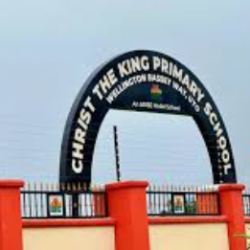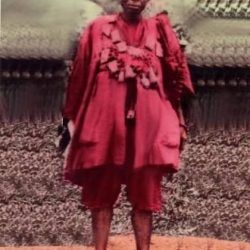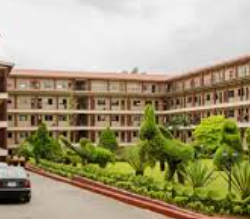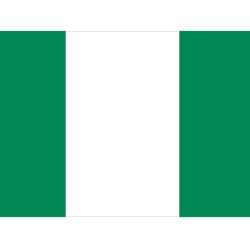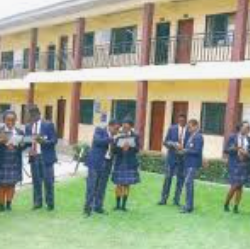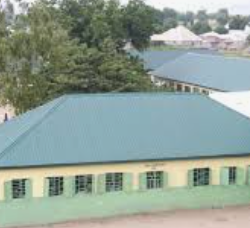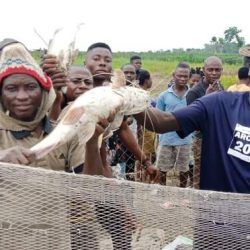1750
The history of Kwara state starts with Ilorin as a Yoruba town which was originally used as a military outpost by the Alaafin, paramount ruler of the old Oyo empire (Oyo-Ile).
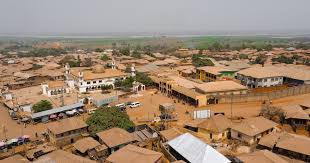
At the period of creation, Ilorin was administered by Afonja, the sixth Are-Ona-Kakanfo (generalissimo) of the Oyo army and successor of Are-Ona Oku of Jabata. Illorin became the capital of a kingdom that was a vassal state of the Oyo empire
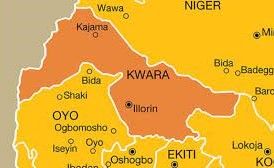
1817
In 1817, Oyo’s commander at Ilorin, Kakanfo (Field Marshal) Afonja, led a rebellion that destroyed the unity of the empire. He was aided by Mallam Alimi (a Fulani from Sokoto).
1897
The army of the Royal Niger Company arrived in Ilorin after conquering Bida (106 miles east-northeast). The forces of Sir George Goldie’s Royal Niger Company defeated the emirs of Nupe and Ilorin
1900
Ilorin was incorporated into the Protectorate of Northern Nigeria in 1900; in the amalgamated Colony and Protectorate of Nigeria in 1914, and in the Northern region in 1954
1967
Kwara state was created. The then Federal Military Government of General Yakubu Gowon broke the four regions that then constituted the Federation of Nigeria into 12 states.
At its creation, the state was made up of the former Ilorin and Kabba provinces of the then Northern Region and was initially named the West Central State but later changed to “Kwara”, a local name for the River Niger.
1991
In 1991, five local government areas, namely Oyi, Yagba, Okene, Okehi and Kogi were also excised to form part of the new Kogi State, while a sixth, Borgu Local Government Area, was merged with Niger State further reducing the population of Kwara state.
Reference
https://kwarastate.gov.ng/discover-kwara/history-society/
Kwara
Kwara is a state in western Nigeria. Its capital is Ilorin.
The state was created on 27 May 1967, when the Federal Military Government of General Yakubu Gowon broke the four regions that then constituted the Federation of Nigeria into 12 states.

It is bordered by the states of Niger, Kogi, Ekiti, Osun, and Oyo, as well as the Republic of Benin.
Kwara has a land area of 36,825 square kilometers.
Kwara has three senatorial districts, six federal constituencies, and 24 state constituencies.

The 16 local government areas of Kwara are: Asa, Baruten, Edu, Ekiti, Ifelodun, Ilorin East, Ilorin South, Ilorin West, Irepodun, Isin, Kaiama, Moro, Offa, Oke Ero, Oyun, and Pategi.


Kwara has several institutions of higher learning, such as the University of Ilorin, Kwara State University, Kwara State Polytechnic, Al-Hikmah University, Landmark University, and Crown Hill University.
The state has many tourist attractions, such as the Esie Museum of Stone Images, the Owu Waterfalls, the Imoleboja Rock Shelter, the Sobi Hill, and the Kainji Lake National Park.

Originally known as the West Central State which then became Kwara State – a local name derived from the Niger River. The State of Harmony as it is fondly called on account of the peaceful relations that exists among its multicultural and diverse population of over 2.5 million people.
Kwara State’s peaceful population, abundant natural resources, well-developed infrastructure and proactive investment-attraction policies have made it an attractive destination for investors.

The principal groups residing in Kwara State are the Yoruba, Nupe, Bariba, and Fulani. The skilled craftsmanship of the people of this central region has been evident for centuries. The most significant and most essential pottery workshops in Nigeria can be found in the capital city of Ilorin.

Proponents of the craft of traditional textile weaving are also very prominent: the Aso Oke style of hand-loomed cloth-making is world-renowned. The Yoruba are the largest population group in the south-western part of Nigeria, while the Fulani comprise a significant proportion of the population of the North.

Former Nigerian president Olusegun Obasanjo is a Yoruba; former president Umaru Yar’Adua was a Fulani. The Yoruba stem from an ancient civilization, the Oyo Empire, that came into existence in the eighth century with its headquarters in Ife, in what is now the neighbouring State of Osun.

Historian Robin Hallett has described the bronze and terracotta works of art known as the Ife heads as one of the ‘supreme artistic achievements of mankind.’ Oyo was at the height of its powers in the middle of the 18th century and was a trade conduit between the south and north.The Nupe Kingdom was located in the North of the Niger River.

According to Hallett, they were ‘industrial specialists,’ with skills including glass-making, weaving, tailoring, blacksmithing, and iron mining. One of the traditional skills of the Nupe is in the making of elaborately carved stools, using only one piece of wood. The Bariba people were once part of the Borgu Kingdom, and about 80% of this group now lives in neighbouring Benin.

The State’s rich and varied culture can be viewed at places such as the Esie Museum, Ogunjokoro, and the Imoleboja Rock Shelter. The Pategi regatta is a popular attraction, with boat owners proudly displaying their vessels and fishing and swimming contests. The Esie stone images are an important cultural artifact while various festivals are not only important to local communities but would prove fascinating to visitors.
The Awon and Egungun festivals are just two examples. The tragic end of explorer Mungo Park’s expedition down the Niger River is commemorated at Jebba where his boat is on display, and there is a monument.
Reference: kwarastate.gov.ng/discover-kwara/lifestyle/
